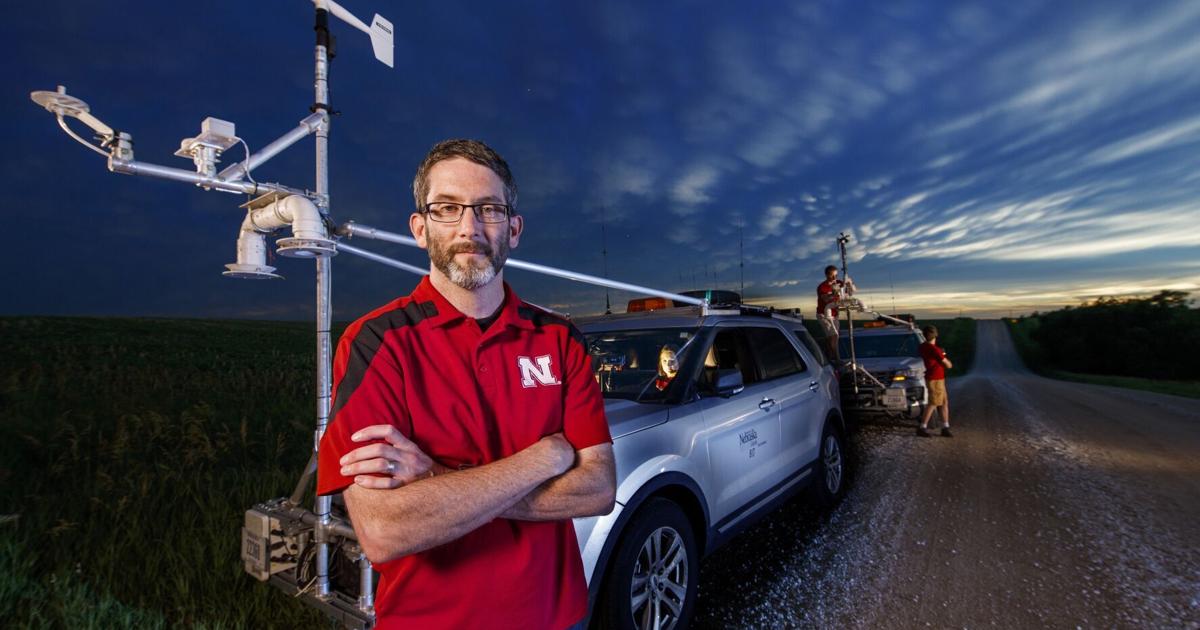What could make weather forecasting more accurate? Drone observations
Adam Houston, a professor at the University of Nebraska-Lincoln, said drones could help fill a missing data gap that could improve forecasts and result in fewer weather-related deaths and injuries. Meteorologists, who are responsible for predicting the weather, often make mistakes more often than they are right and still retain their jobs. University of Lincoln University meteorologist, Houston, has found that weather forecasts are accurate about 97% of the time, outperforming financial market predictions of only 48% and 97%. This is due to the heat and water vapor that power weather systems often originate from closer to the surface, which often causes more variability in its conditions than the upper atmosphere. Houston highlighted that this gap in our observations is significant as a significant gap in observations. However, either system or a significant investment could cost billions of dollars, but there is a way to study the potential impact before any funds were spent.

Published : one year ago by Chris Dunker, chris dunker in Weather
Meteorologists, the men and women charged with predicting the weather, are the only people who can be wrong more often than they are right and still keep their jobs, or so the saying goes.
Houston, who has been at UNL since 2006, said today’s 3-day forecasts are accurate about 97% of the time, which outpace the predictions made by analysts of financial markets, which are only accurate about 48% of the time.
That's important, Houston said, because the heat and water vapor that power weather systems often originate from closer to the surface before moving upward. The lower atmosphere also has more variability in its conditions than the upper atmosphere, he added.
"Our picture of what's happening just 500 meters above the ground is much different than what we see on the surface," he said. "Basically, we have this gap in our observations that is pretty huge."
Either system would come with a hefty investment potentially in the range of billions of dollars, however, but Houston said there was a way to study what the potential impact would be before any funds were spent.
Topics: Drones
